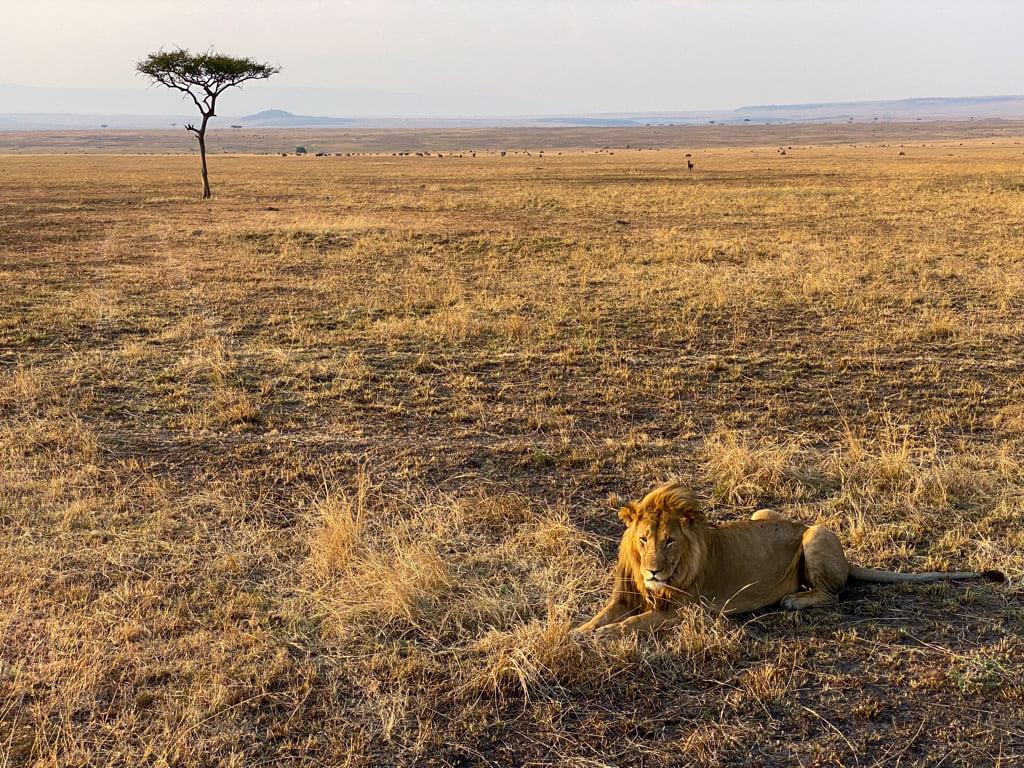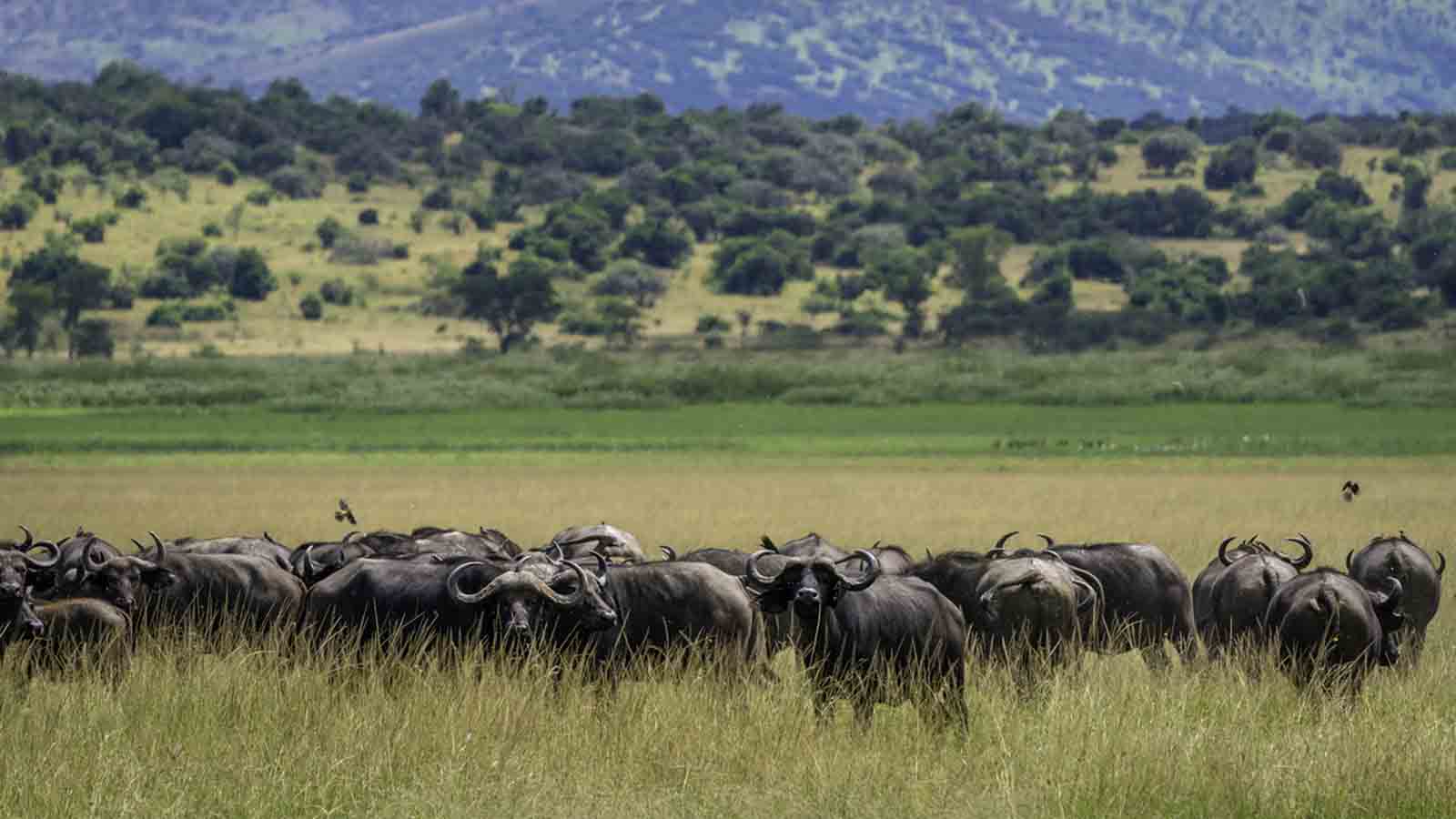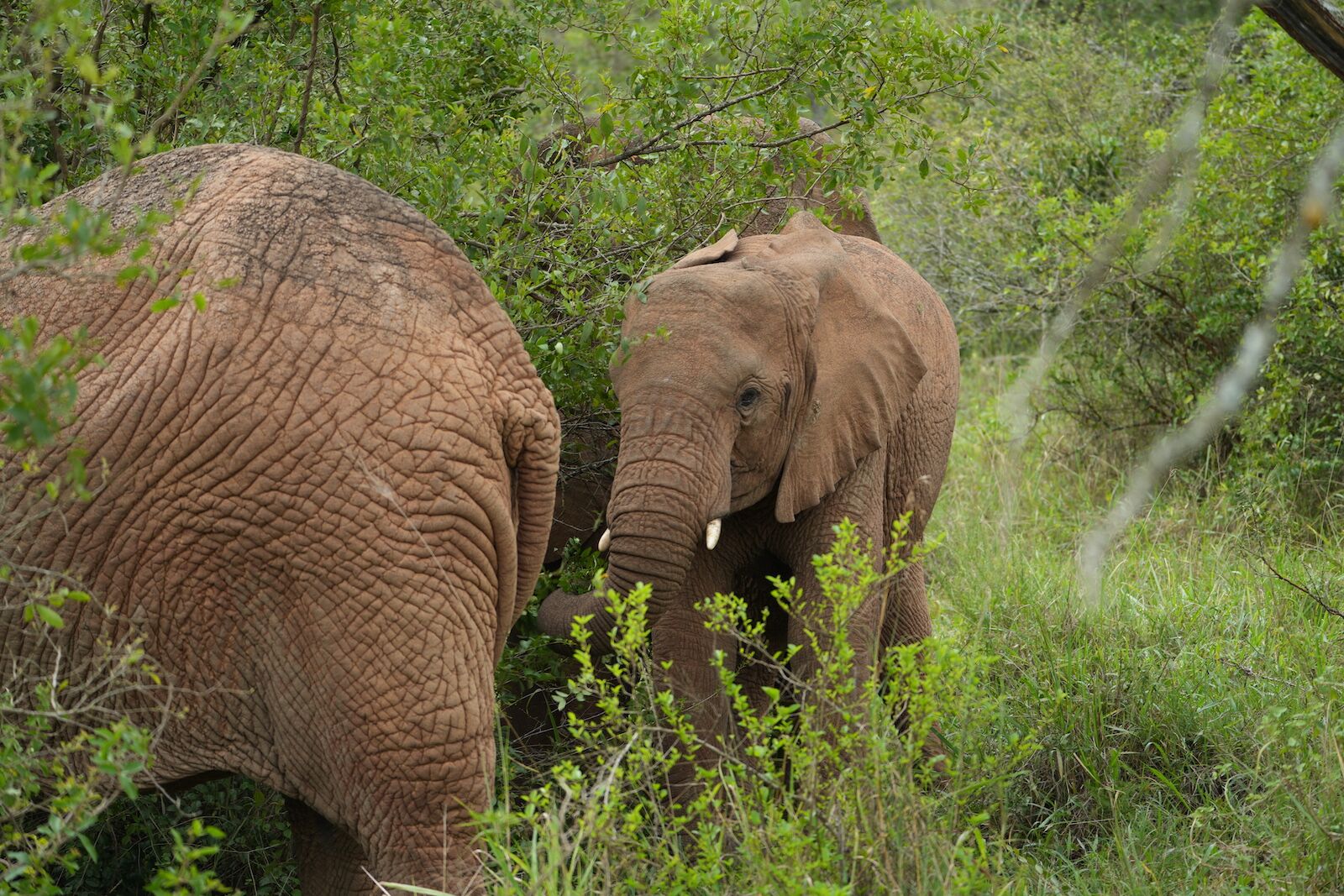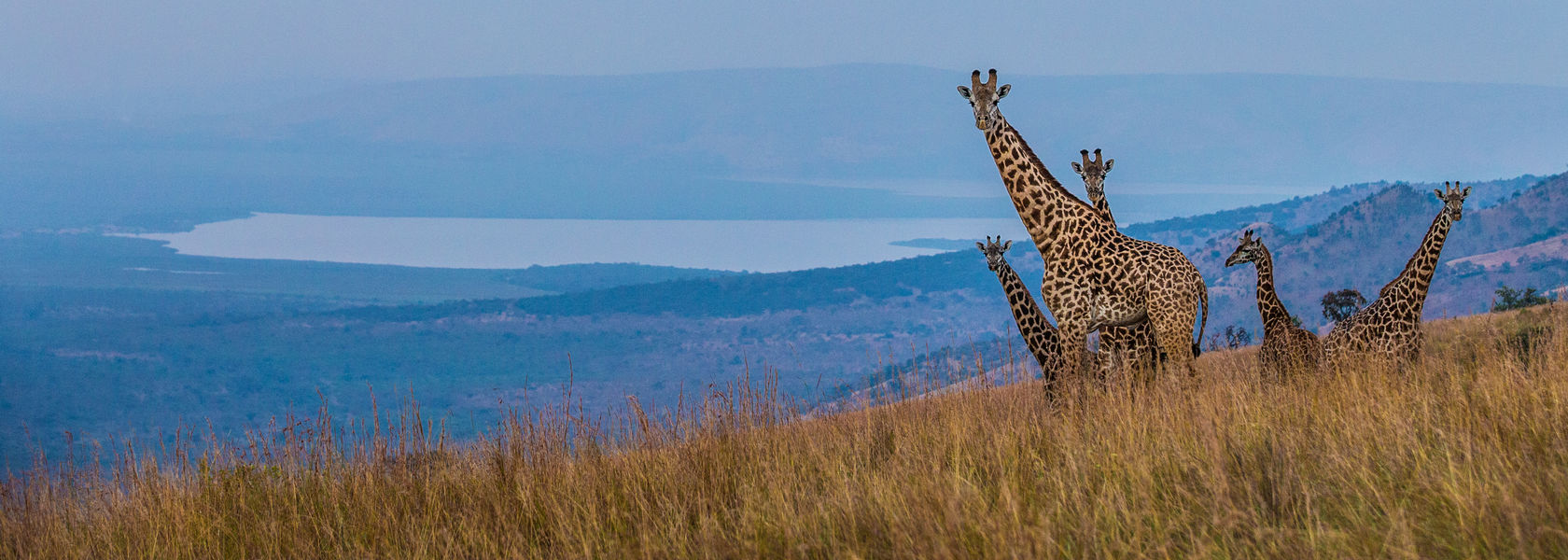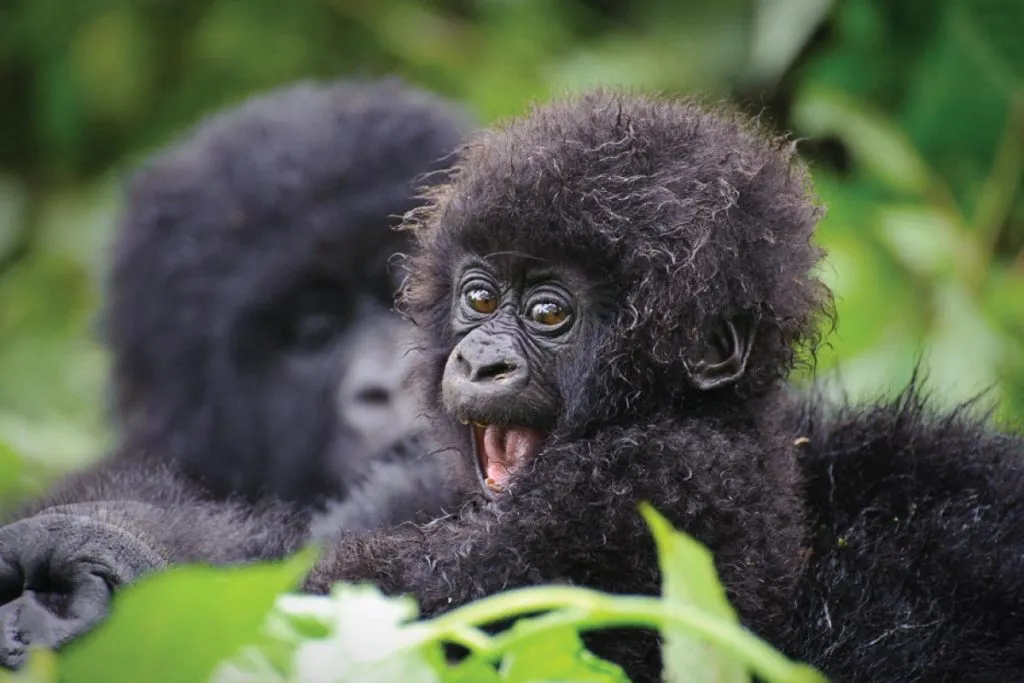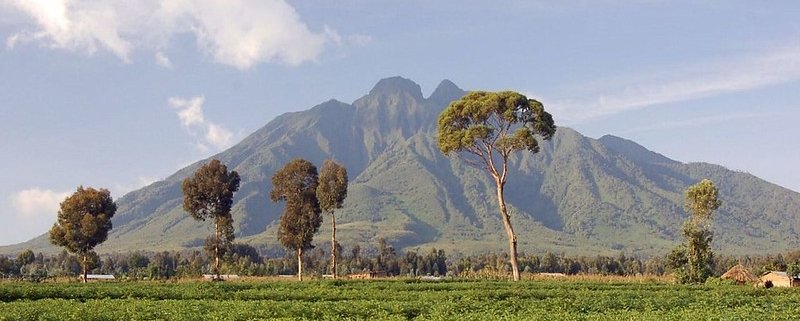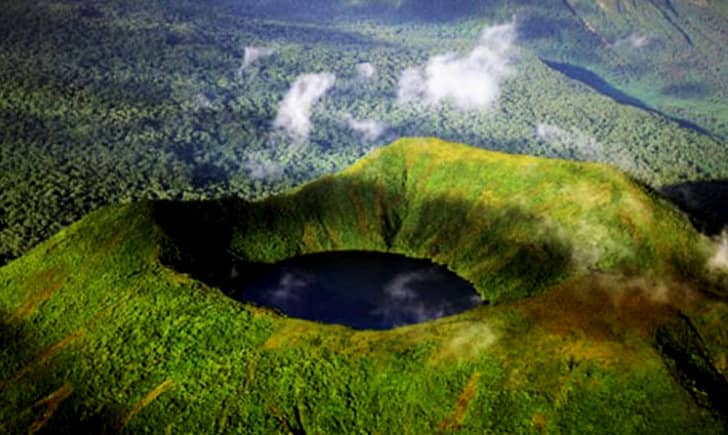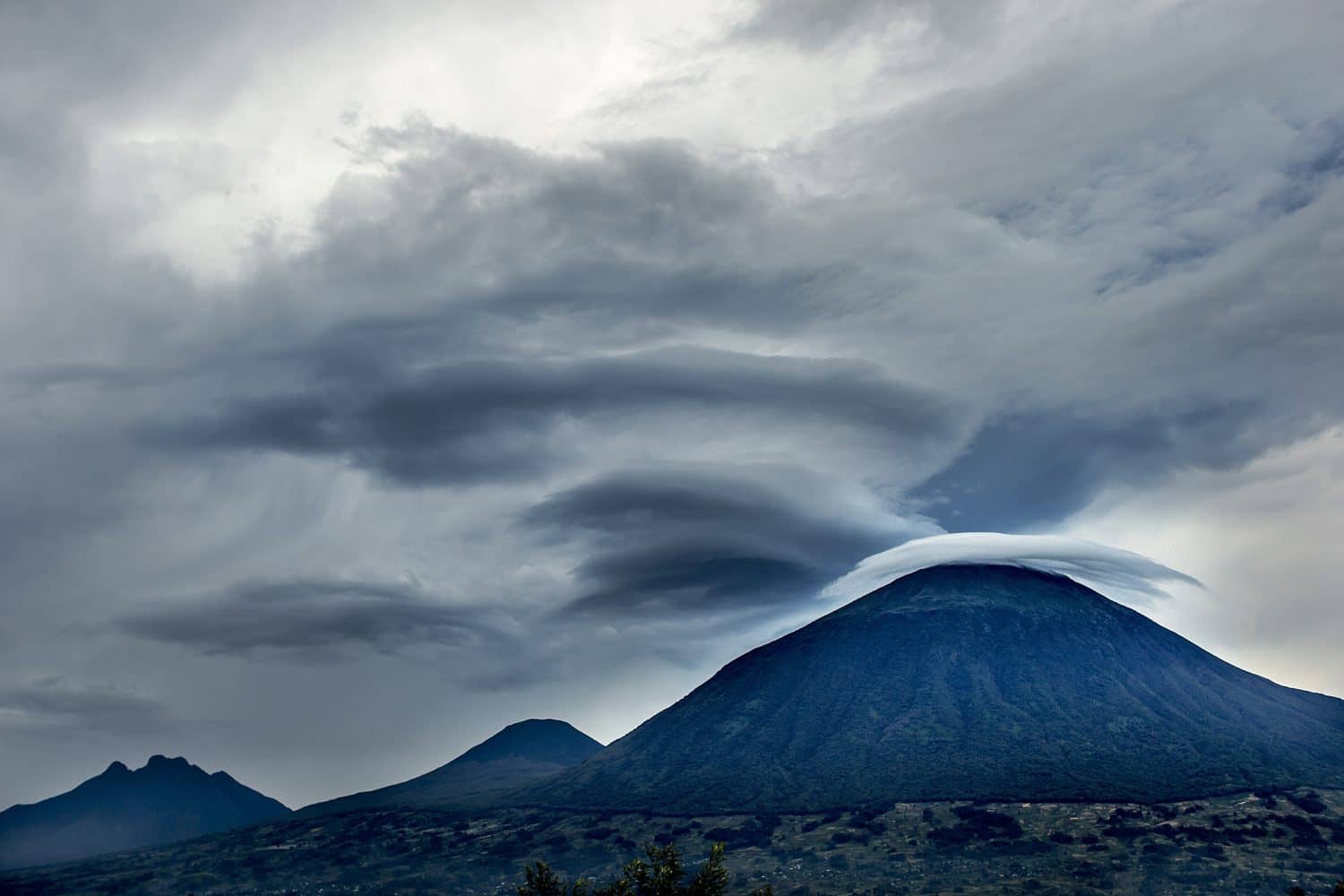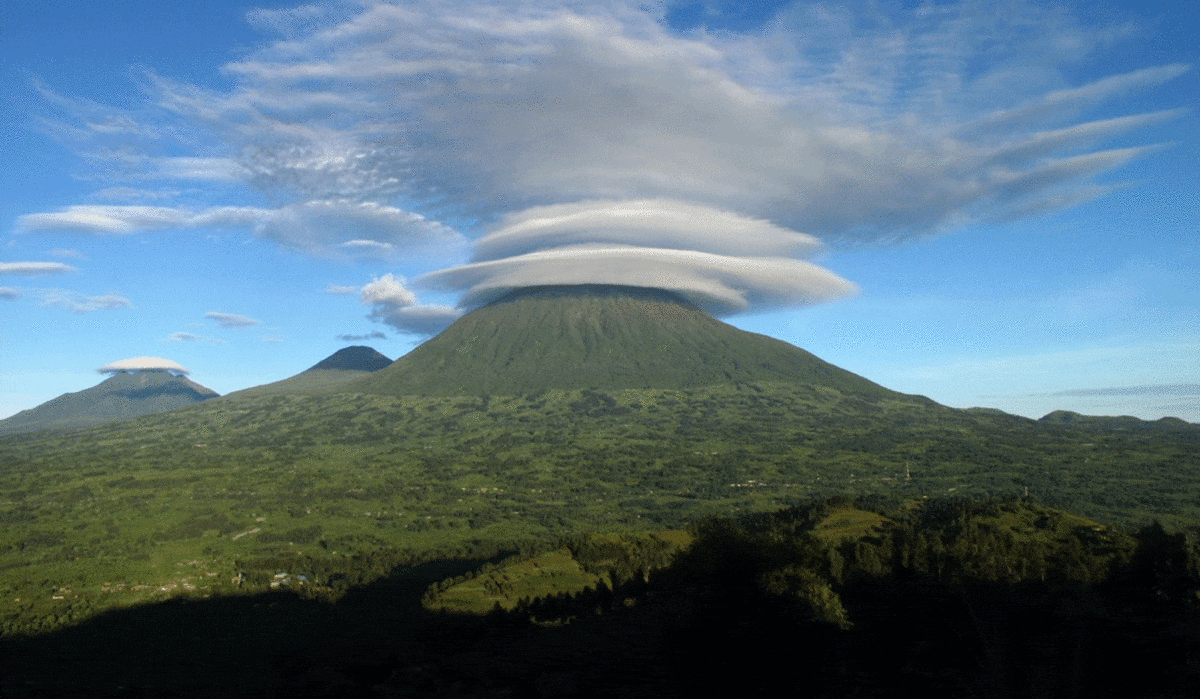Akagera National Park
Akagera national park

Akagera National Park is situated in northeastern Rwanda, near the border with Tanzania. Known for its diverse landscapes and abundant wildlife, it is Rwanda’s largest national park, covering an area of approximately 1,120 square kilometers (around 432 square miles). The park offers a contrasting experience to Rwanda’s famous mountainous rainforests, featuring savannahs, wetlands, and rolling hills.
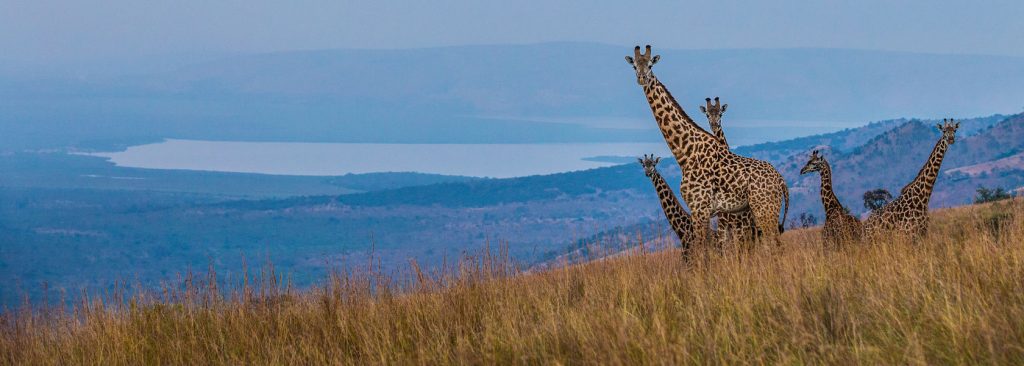
Overview of Akagera National Park:

Akagera National Park provides a distinct experience from Rwanda’s mountainous regions, showcasing the country’s rich diversity of savannah and wetland ecosystems. Its successful conservation programs and variety of wildlife and activities make it a key destination for those interested in exploring Rwanda’s natural heritage.
Geological and Geographical Features
- Size: Approximately 1,120 square kilometers.
- Elevation: Ranges from 1,200 to 2,500 meters (3,937 to 8,202 feet) above sea level.
- Topography: Features a mix of savannahs, wetlands, and rolling hills.
- Lakes and Rivers: Home to several lakes including Lake Rweru, Lake Ihema, and Lake Shakani. Major rivers include the Akagera River, which runs through the park.
Flora and Vegetation
- Savannah Grasslands: Extensive open grasslands and acacia woodlands dominate the landscape.
- Wetlands: Includes extensive papyrus swamps and marshes around the lakes.
- Forests: Small pockets of forested areas and wooded savannahs.
Wildlife and Biodiversity
- Mammals: Home to a variety of mammals including elephants, lions, giraffes, zebras, and hippos. The park also has a significant population of antelopes such as impalas and topis.
- Big Five: While not originally part of the Big Five, Akagera has reintroduced lions and black rhinos, completing the Big Five ensemble.
- Bird Species: Over 500 bird species recorded, including the African fish eagle, shoebill stork, and various waterfowl.
- Reptiles and Amphibians: Includes species such as Nile crocodiles and various frogs.
Conservation and Management
- Conservation Status: Protected area managed by the Rwanda Development Board (RDB), with ongoing efforts to maintain and restore wildlife populations and habitats.
- Reintroduction Programs: Successful reintroduction of key species, including lions and black rhinos, as part of conservation and ecological balance efforts.
Tourism and Activities
- Gorilla Trekking: One of the main attractions, where visitors can track and observe mountain gorillas in their natural habitat. Permits are required and must be booked in advance.
- Golden Monkey Trekking: Offers the opportunity to see golden monkeys in the bamboo forests of the park.
- Volcano Hikes: Visitors can embark on hikes to the summit of the park’s volcanoes, such as the challenging trek to Mount Karisimbi or the easier climb to Mount Bisoke.
- Bird Watching: With its diverse bird species, the park is a prime location for bird enthusiasts.
- Cultural Tours: Opportunities to interact with local communities and learn about traditional Rwandan culture and practices.
Accessibility
- Entry Points: Main access points are via the town of Kayonza, which is about 110 kilometers (approximately 68 miles) from Kigali.
- Transport: Accessible by road from Kigali, with options for private transfers and organized tours.
Facts about akagera National Park
- Location: Northeastern Rwanda.
- Size: Approximately 1,120 square kilometers.
- Elevation: 1,200 to 2,500 meters above sea level.
- Major Lakes: Lake Rweru, Lake Ihema, Lake Shakani.
- Major River: Akagera River.
- Vegetation: Savannah grasslands, wetlands, acacia woodlands, and forests.
- Wildlife: Elephants, lions, giraffes, zebras, hippos, antelopes.
- Big Five: Includes lions and black rhinos (reintroduced).
- Bird Species: Over 500 species.
- Reptiles: Includes Nile crocodiles.
- Conservation: Managed by Rwanda Development Board (RDB).
- Activities: Game drives, boat safaris, bird watching, fishing, guided walks.
- Accessibility: Main access via Kayonza, about 110 kilometers from Kigali.
Flora & Fauna
Flora of Akagera National Park:
- Savannah Grasslands
- Acacia Woodlands
- Wetlands (Papyrus Swamps)
- Forested Areas
Fauna of Akagera National Park:
- Elephants
- Lions
- Giraffes
- Zebras
- Hippos
- Antelopes (e.g., Impalas, Topis)
- Black Rhinos (reintroduced)
- African Fish Eagle
- Shoebill Stork
- Nile Crocodiles
